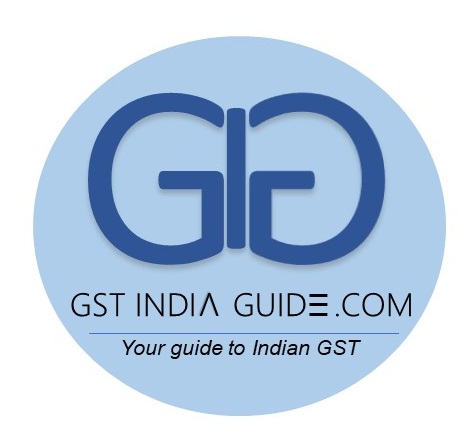The impact of Demonetisation will affect on every person who lives in India. The GST Bill, on the backburner for another financial year.
Besides the inherent logistical and procedural difficulties in the already tight race against time to implement GST before 1 April, 2017, there are more valid political and economic reasons for the government to go slow with the bill. “The ruling dispensation and the nation cannot afford to enforce two massively ‘disruptive’ policies in roughly the same year,” a well-place source told Firstpost.
Because of immense pressure from within the BJP and the states ruled by the party, as well as other states ruled by rival or supportive parties, the Centre is likely to postpone the 25 November GST Council meeting. “Lack of consensus” could be cited as the official reason.
Demonetisation has had its own disruptive impact on the economy and the society. Even as more than two weeks have passed since the implementation of the ban on Rs 500 and Rs 1,000 notes, the banks have only been able to retrieve about 10 percent of the demonetised notes. The situation with replacement of old notes with new legal tender continues to be grim. Though queues outside banks and ATMs have become thinner, they are still far too long.
As per the data released by the Reserve Bank of India (RBI) on Monday, exchange of old notes and cash withdrawals amount to Rs 1.36 lakh crore as against an estimated total of Rs 14 lakh crore (less than 10 percent) worth of demonetised notes.
On being asked how much of the new currency notes had been pumped into the system through commercial banks, Economic Affairs Secretary Shaktikanta Das avoided giving a clear response, saying that this question fell into the RBI’s domain and that he wouldn’t have the data.
A senior official told Firstpost that, as per their estimates, it will take another 50-60 days to replenish about 50 percent of the cash that had gone out of circulation due to demonetisation. This means that by the time Modi’s ‘harsh period’ ends on 30 December, the burden of cash crunch would ease but not end. Following the deadline, as the prime minister had said, more anti-corruption measures would be implemented, which again would cause disruption in the established order.
It is important to note that the Finance Ministry would be the nodal agency for all these measures. The ministry is already charged with the task of preparing a combined annual and rail budget for 2017-18, apart from overseeing the implementation of GST.
Sources said that chief ministers of some BJP ruled states have informally expressed their concerns to the prime minister and BJP president Amit Shah, saying that it would be too difficult on the ground to handle two disruptive policy decisions in the space of less than six months.
The impact of both these issues would be cascading and lasting. Gujarat, a manufacturing state, for instance, which had initially opposed GST till Modi became the prime minister, has already seen protests from farmers and milk producers; the leadership there have their own apprehensions in implementing GST in the immediate aftermath of demonetisation. The government has promptly formulated a mechanism to address their concerns and demands.
Another cause for concern in the ruling party circles is that Gujarat goes to polls next year. The combined shock of demonetisation and GST may be too much to bear for the state government and the party. From BJP’s perspective, it simply cannot afford to lose Gujarat, that too because of the inherent follies of policy implementation by a Modi government at the Centre.
It is no rocket science to understand that year one and year two of GST implementation would bring its own upheavals, before the system settles and popular goods begin to percolate.
In September, President Pranab Mukherjee had given his assent to the Constitution (One Hundred and First Amendment) Act, 2016, enabling the implementation of a nationwide GST. The GST Council, headed by the Finance Minister Arun Jaitley and constituting of state finance ministers, are deliberating upon a new tax regime.
After a consensus is reached on the varied structures, Parliament has to pass relevant bills for Central Goods and Service Tax (CGST) and Integrated Goods and Service Tax (IGST) and all the states also have to pass the State Goods and Service Tax (SGST) bill. More so, the implementation and tax sharing mechanism would require setting up an adequate IT network for implementing and recording GST – including registration, returns, payments and so on.
It should be noted that the prime minister and the finance minister had taken personal initiatives and pushed hard to see to the passage of the 122 Constitutional amendment bill and the GST from both Houses of Parliament. ‘One nation, one tax’ was hailed as the single biggest economic reform bill since Independence. But then a demonetisation of this magnitude had not happened in India before either and was bound to take its toll.
First post, 23rd November 2016
